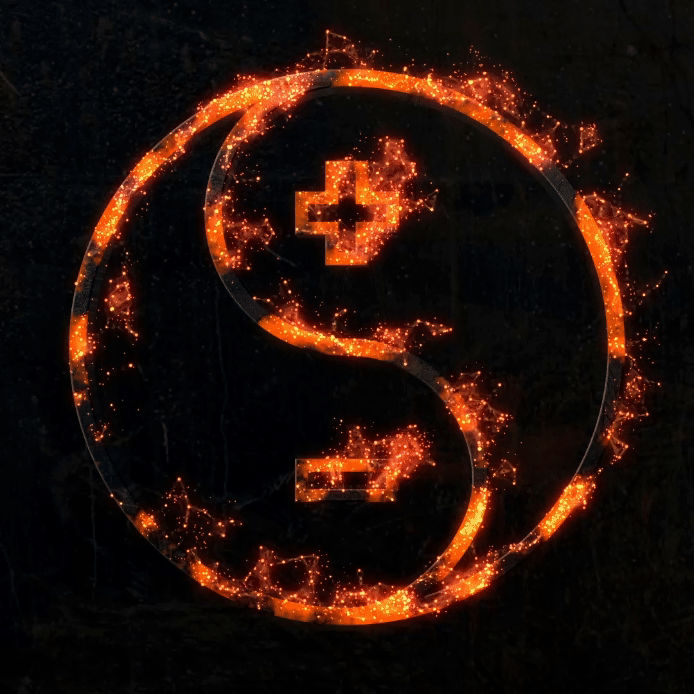From the very early days, developing new instrumentation has been a key thrust of this lab. Below, you will find some historical instruments. Some of which are the predecessors to our current instrumentation projects.
ESI Coupled to an Ion Trap
First ion-ion experiment within an ion trap
Filament mounted next to a hole in the ring for generation of cationic reagents via EI.
First ESI/glow discharge trap
Ions generated from glow discharge, rather than EI, enter through a hole in the ring electrode. This allowed the generation of reagent anions for analysis of ESI-generated cations.
Dual Spray ESI Sources for 3D Ion Trap Reactor and Mass Analyzer
Ion sources A and B can be of opposite polarity, and are brought into the trap by a turning quadrupole for mutual storage within the 3D trap.
Modified Hitachi Ion Trap
Modifications include a glow discharge source and an extension of the commercially available mass range (under 2000 m/z).
Four Source Ion Trap
A distinct instrument from the dual source. This allowed for the generation of ions from up to 3 samples, a glow discharge source, and a separate discharge source.
Modifications to a SCIEX Q Trap
The first of many collaborations with SCIEX. Here, positive ions were generated via electrospray in the front of the instrument. Here, anionic reagents were generated by glow discharge and injected directly into the Q3 quadrupole. They were then sent to q2 for the ion-ion reaction.
Subsequent modification to a SCIEX Q Trap
Rather than glow discharge, ions were generated via electrospray by a separate power supply at the front of the instrument. This had many benefits over direct injection into Q3, such as limiting the RF heating of reagent anions as they entered through the high quadrupolar fields into the trap.
Subsequent modification to a SCIEX QSTAR
A similar setup was applied to SCIEX's qTOF platform, which enabled analysis of higher m/z species with a higher resolution.
Instrument for Cold-Ion Spectroscopy
This project was borne out of a collaboration with Tim Zwier's lab, a former laser spectroscopist group at Purdue. Here, ions were generated and isolated before being sent to the "cold trap" which brought them down to low Kelvin temperatures. Ions were irradiated with a UV laser tuned to excite an electron from the ground to an excited state, which would induce fragmentation. Prior to this UV pulse, an IR laser would briefly irradiate the ions. If the IR laser was the correct wavelength, it would depopulate the ground state, and you would note a dip in the fragmentation signal. By scanning through IR frequencies, one could arrive at an IR spectrum in the gas phase for these analytes. Super cool (pun intended)!
 The McLuckey Lab
The McLuckey Lab
